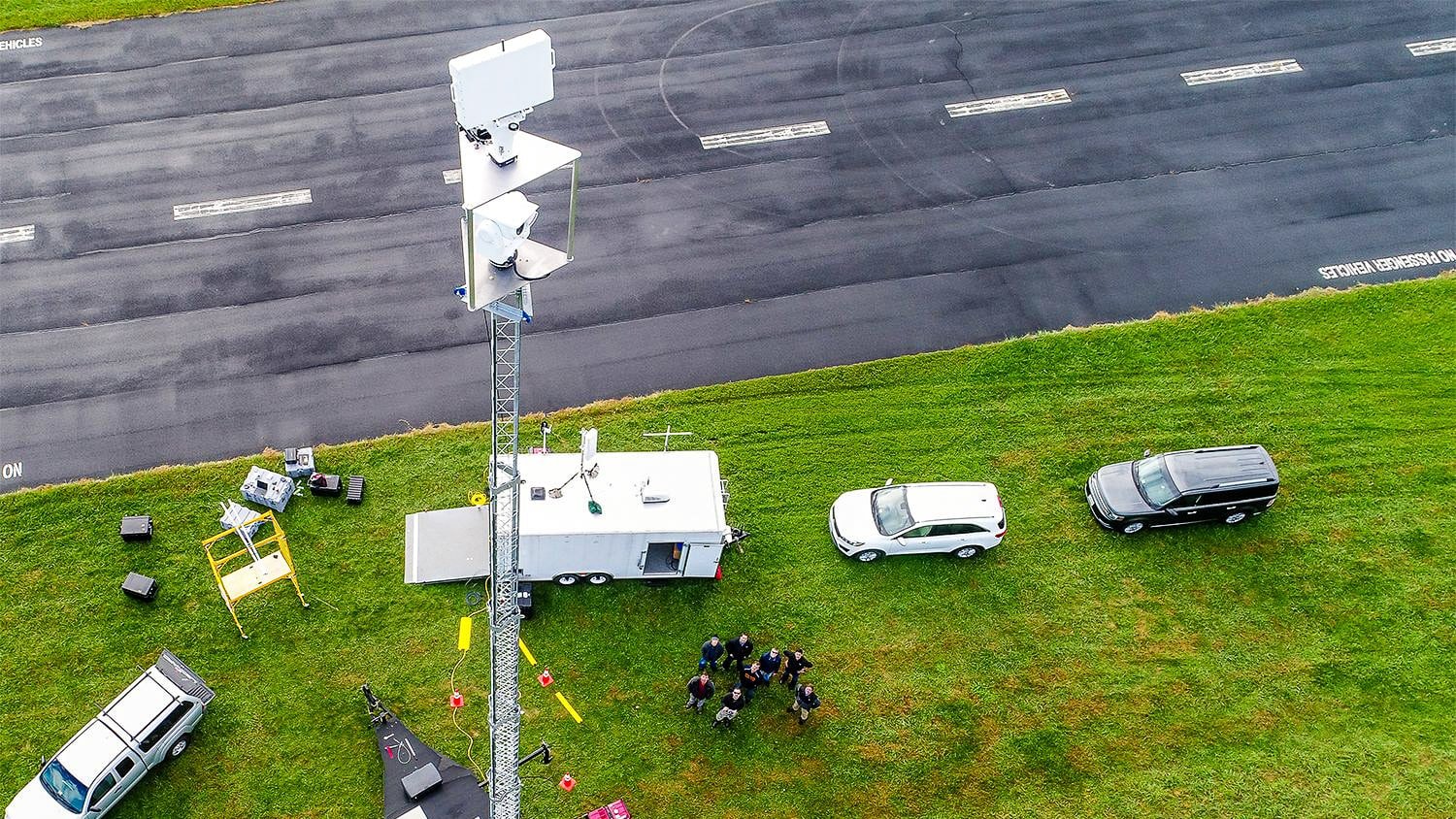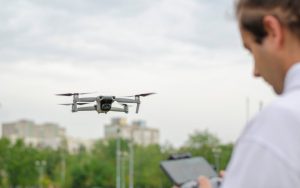Drone Traffic Control: The FAA’s Strategy to Prevent Sky Turmoil
Imagine a near future where the skies over your city are teeming with drones—delivering packages, conducting surveys, and even filming for fun. Welcome to 2025. In this rapidly transforming aerial landscape, the Federal Aviation Administration (FAA) is not only observing but leading the charge by developing America’s first nationwide drone traffic management system to avert potential chaos. Here’s a breakdown of the impending evolution in drone management, the rules that are being established, and its significance for all those interested in the burgeoning drone industry.
Why Is Drone Traffic Control Critical?
As drones evolve from hobby gadgets to indispensable business tools across various sectors, the risk of mid-air incidents increases significantly. Urban locales face threats of drone collisions, interference with conventional aircraft, or accidental drops into crowds. Therefore, implementing traffic regulation is crucial—not just for maintaining order but also for safeguarding the public, ensuring business reliability, and preventing the aerial arena from devolving into an unruly frontier.
The Core Issue: Overwhelmed by Drones with Insufficient Regulations
By 2025, the U.S. boasts over a million drones in active registration, with countless commercial operations complemented by millions of recreational flights annually. Each new drone application—be it for photography, delivery, or agriculture—introduces additional complexity. The FAA is tasked with establishing universal regulations that protect everyone involved while promoting innovation and preserving recreational enjoyment.
Introducing the UTM: The “Traffic Officer” for Drones
A pivotal step in 2025 is the FAA’s approval of the UTM system—Unmanned Aircraft System Traffic Management. Visualize UTM as a digital air traffic controller, optimized for low-level, dense operations, unlike the traditional high-altitude commercial jet routes. This initiative results from a decade of cooperation among Virginia Tech’s Mid-Atlantic Aviation Partnership (MAAP), NASA, and other drone industry pioneers.
Functionality of the UTM System
- Digital Flight Plans: Initially targeting commercial users with plans to include hobbyists, operators must submit flight paths in real-time.
- Live Data Sharing: Drones continuously update their status and position, which allows automated systems to adjust their course to prevent collisions.
- Conflict Resolution: Algorithms resolve potential conflicts on the fly, minimizing mid-air accident risks.
This system predominantly relies on machine-to-machine communication, providing notifications automatically without human controller intervention—departing from the norms of traditional aviation.
New Drone Laws and FAA Standards
The new drone traffic control system is reinforced by specific regulations effective as of 2025:
- Remote ID: Drones must transmit their identification and location while airborne, acting like a digital license plate essential for accountability and collision avoidance.
- Registration: Drones heavier than 250 grams require FAA registration with visible registration numbers.
- Visual Line of Sight: Operators must keep their drones within sight unless approved through systems like the UTM.
- Altitude Restrictions: Most drones can’t fly above 400 feet without special permission.
- Airspace Awareness: No-fly zones, particularly around sensitive areas, are strictly enforced.
- Part 107 License: Commercial operators need this FAA certification.
- UTM Compliance: Business drones require hardware and software for UTM compatibility.
Commercial Implications of Drone Regulation Changes
Enabling Safe Scale-Up
The newly sanctioned UTM system greatly simplifies Beyond-Visual-Line-of-Sight (BVLOS) operations, easing the pathway for standardization and reducing constraints previously tied to FAA waivers. This framework facilitates:
- Routine delivery operations.
- Extended-range surveys.
- Large-scale agricultural monitoring.
- Comprehensive industrial inspections.
Technical Preparedness
Businesses are advised to update their fleets and infrastructure to comply with UTM regulations to avoid being sidelined or limited to less profitable operations.
Human Stories: The Personal Pursuits Behind Protocols
Individuals passionate about aviation safety and advancement are central to this progression. For instance, John Coggin of MAAP speaks of a decade’s worth of effort culminating in today’s system. Likewise, FAA officials advocate amid public scrutiny, navigating the industry’s excitement alongside concerns of privacy, safety, and noise.
Drone advocacy channels, like the Drone Advocacy Alliance, support operators’ rights, balancing new regulations against preserving small business opportunities.
Top Mistakes and Their Avoidance
Mistake #1: Overlooking Remote ID
Failing to activate Remote ID can lead to penalties or operational restrictions.
Mistake #2: Ignoring No-Fly Zones
Airspace restrictions can shift swiftly. Staying informed through real-time apps is vital.
Mistake #3: Using Outdated Equipment
The modern drone era requires cutting-edge technology capable of supporting UTM integration.
Mistake #4: Neglecting Certification
Commercial engagement without Part 107 can lead to missed opportunities and fines.
Case in Point: North Texas—A National First
North Texas served as the testing ground for the UTM, welcoming multiple companies to coordinate operations simultaneously, resulting in no mid-air incidents, underscoring UTM’s effectiveness in negotiating crowded skies.
Professional Advice for Compliance and Advancing
- Early Upgrades: Ensure your drones meet UTM standards before mandatory requirements.
- Staff Training: Upskill your team on current regulations and technologies.
- Explore New Ventures: Adjust services to harness advances in drone systems.
- Join Advocacy Groups: Collaborate on drone law progression ensuring a balance between innovation and regulation.
Cultural and Pop Culture Reflections
Several cultural references underscore the prevalence of drones, from films to video games. NASA’s involvement with UTM exemplifies the longstanding ambition of innovation synonymous with the drone and space sectors.
The Human Element in Progression
This technological leap forward comprises numerous dedicated individuals from various backgrounds, contributing to the evolving drone-tracked environment, analogous to monumental achievements in space exploration.
Success stories abound, ranging from healthcare solutions to corporate operational efficiencies, marking the advent of routine BVLOS applications.
Looking Ahead
The FAA’s UTM is a precursor to further technological integrations, including potential enhancements for eVTOL aircraft and space endeavors. Future systems may incorporate cutting-edge tech like AI-driven management and blockchain data transmissions.
Understanding and adapting to these aerial changes positions individuals and businesses alike to thrive legally and safely in this burgeoning field.













